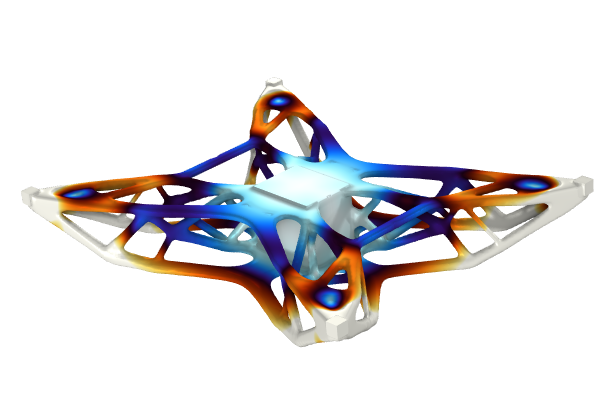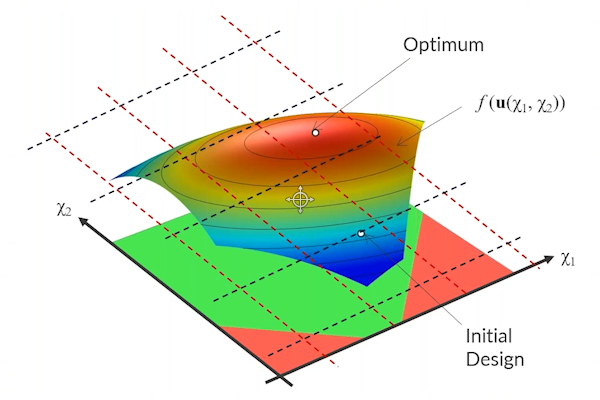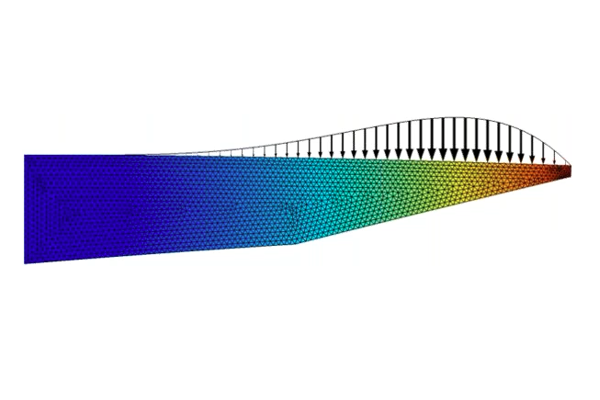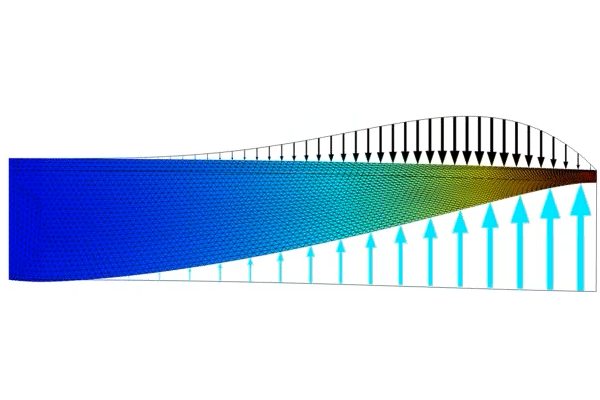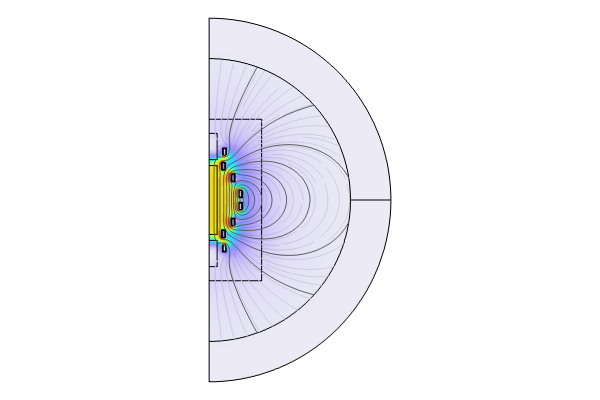Performing Parameter Estimation and Introduction to Topology Optimization
In Part 8 of this course on optimization, we summarize what we have covered in the course thus far before continuing with one last example of parameter estimation. This time, the tutorial model shows how to perform parameter estimation for a tensile test in order to estimate the material properties. We go over the setup of this model and discuss the important settings used to work with the test data. The material properties are fitted so that they provide results similar to the test data. In reviewing the model settings, we focus on the use of probes, the significance of the scale of the parameters, the effect of scaling on objectives, and the weighted objective functions. We then provide an overview of the settings in the Parameter Estimation study step before moving on to topology optimization.
You will get an in-depth, comprehensive introduction to topology optimization — this includes what geometric topology means and what topology optimization is. We also compare shape and parameter optimization before discussing the use of these analyses in the context of the product development process. Next, we go over some of the key issues of implementing topology optimization in a model, including the interpolation of material parameters, mesh sensitivity, and checker boarding. The topology optimization beam tutorial model is then used to explain the concept of the density method in the context of structural topology optimization using solid isotropic material penalization (SIMP) interpolation. We also show Brinkmann damping for a fluid mechanics example.
Lastly, we look at a guided model build of the beam topology optimization example introduced earlier, which you can follow along with by downloading the cleared MPH-file attached to this article. We show you how to set up the model, go over the settings of the Density Model node, and set up the Topology Optimization study step. We also perform some preprocessing before computing the model. We create additional datasets so that we can visualize the topology optimization and see the design changes evolve as the model is computed.
Further Learning
After watching the video, we encourage you to check out our "Fitting Measured Data to Different Hyperelastic Material Models" blog post to learn more.
请提交与此页面相关的反馈,或点击此处联系技术支持。

